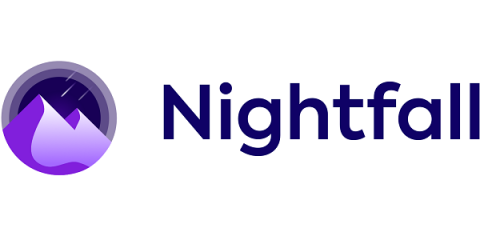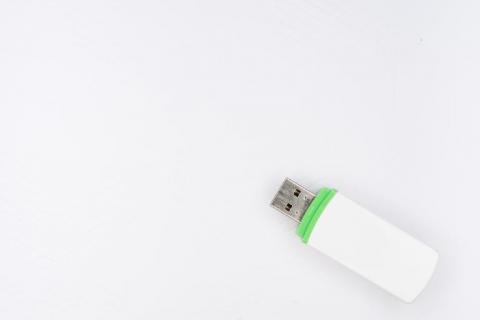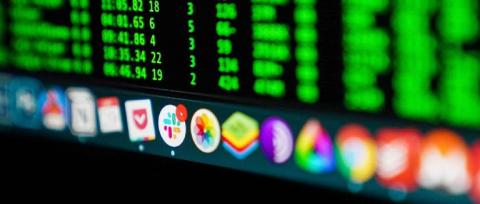Nightfall DLP enables customer-centric data security for one of the largest movie-ticket retailers
Just when a company thinks they’ve seen it all in cybersecurity, new challenges in data protection keep security leaders on their toes. One of the largest movie-ticket retailers discovered a need to protect sensitive data that could be shared across their productivity tools.








